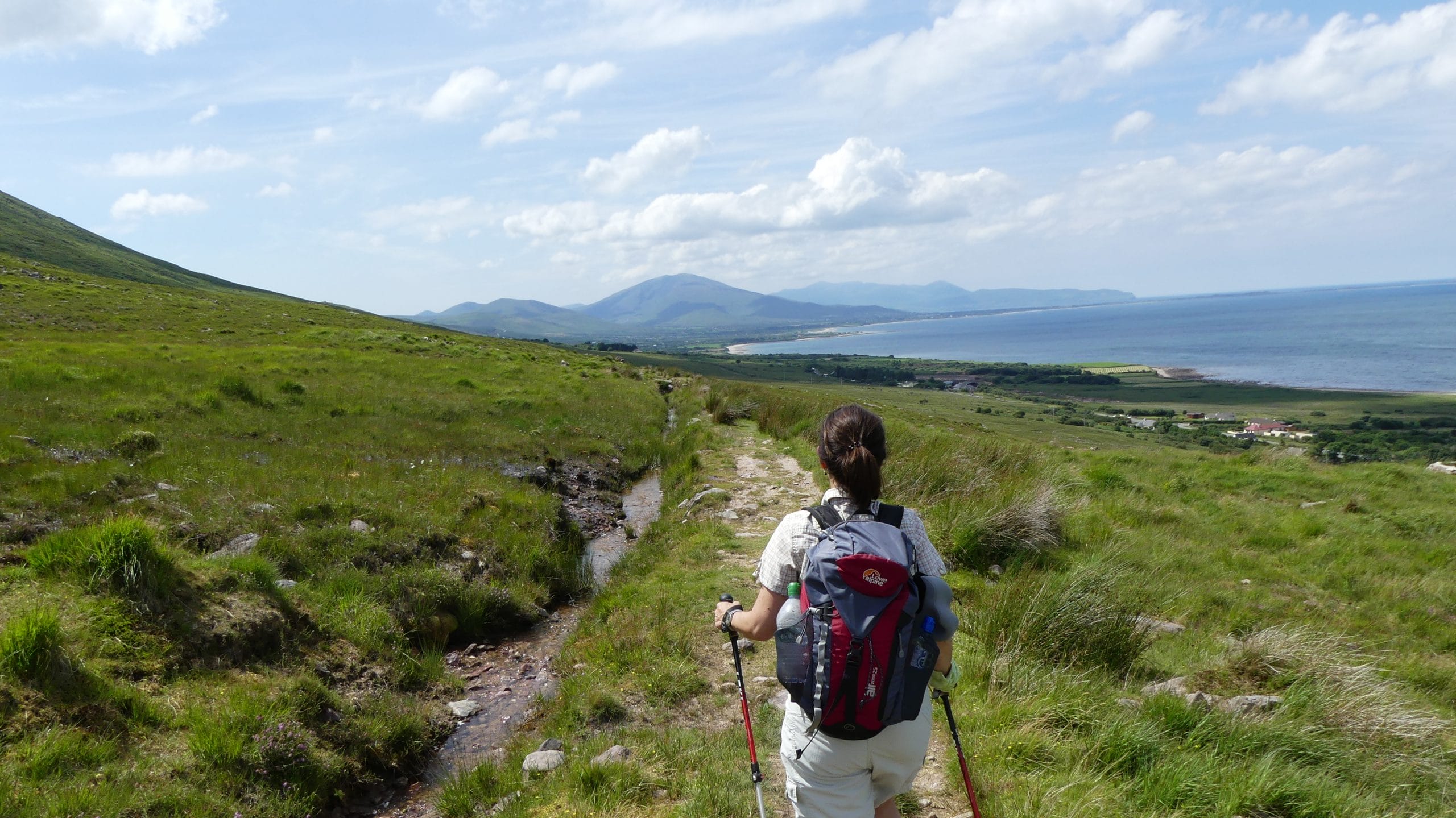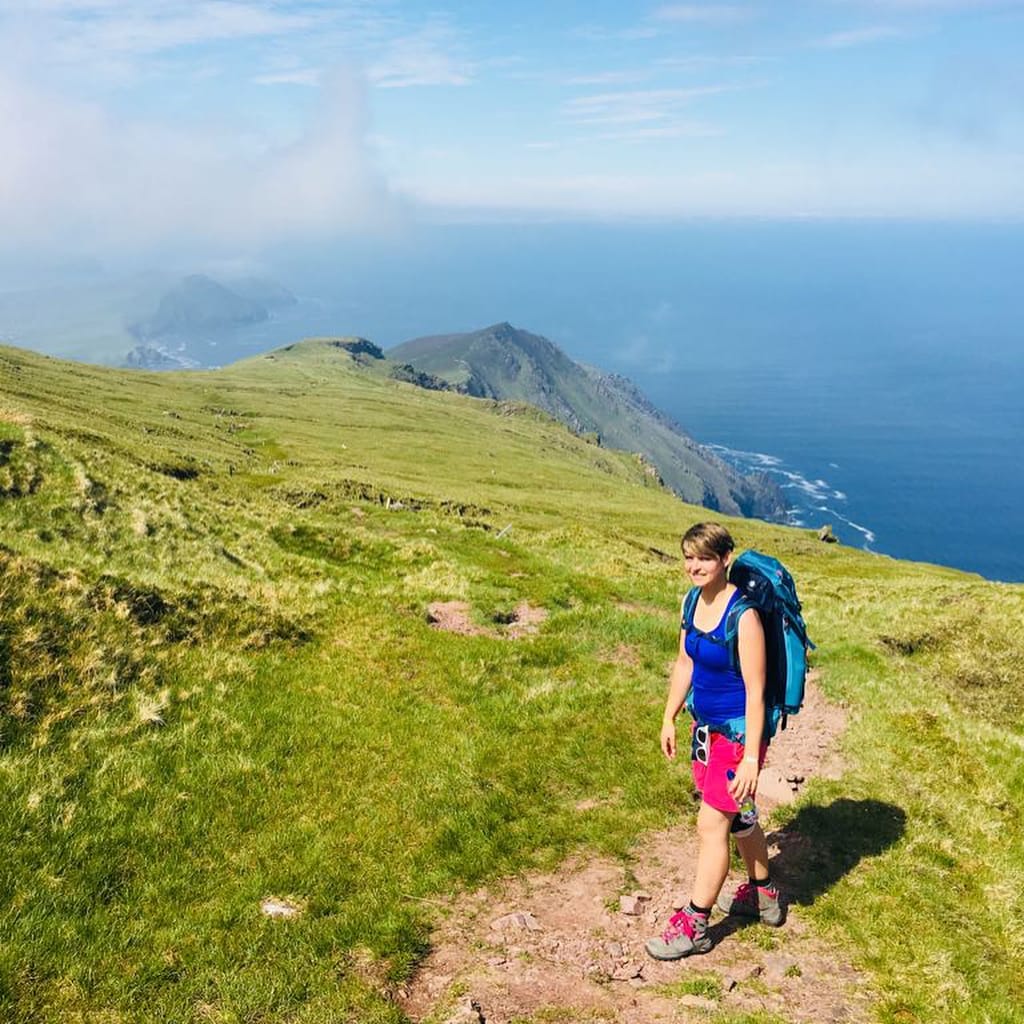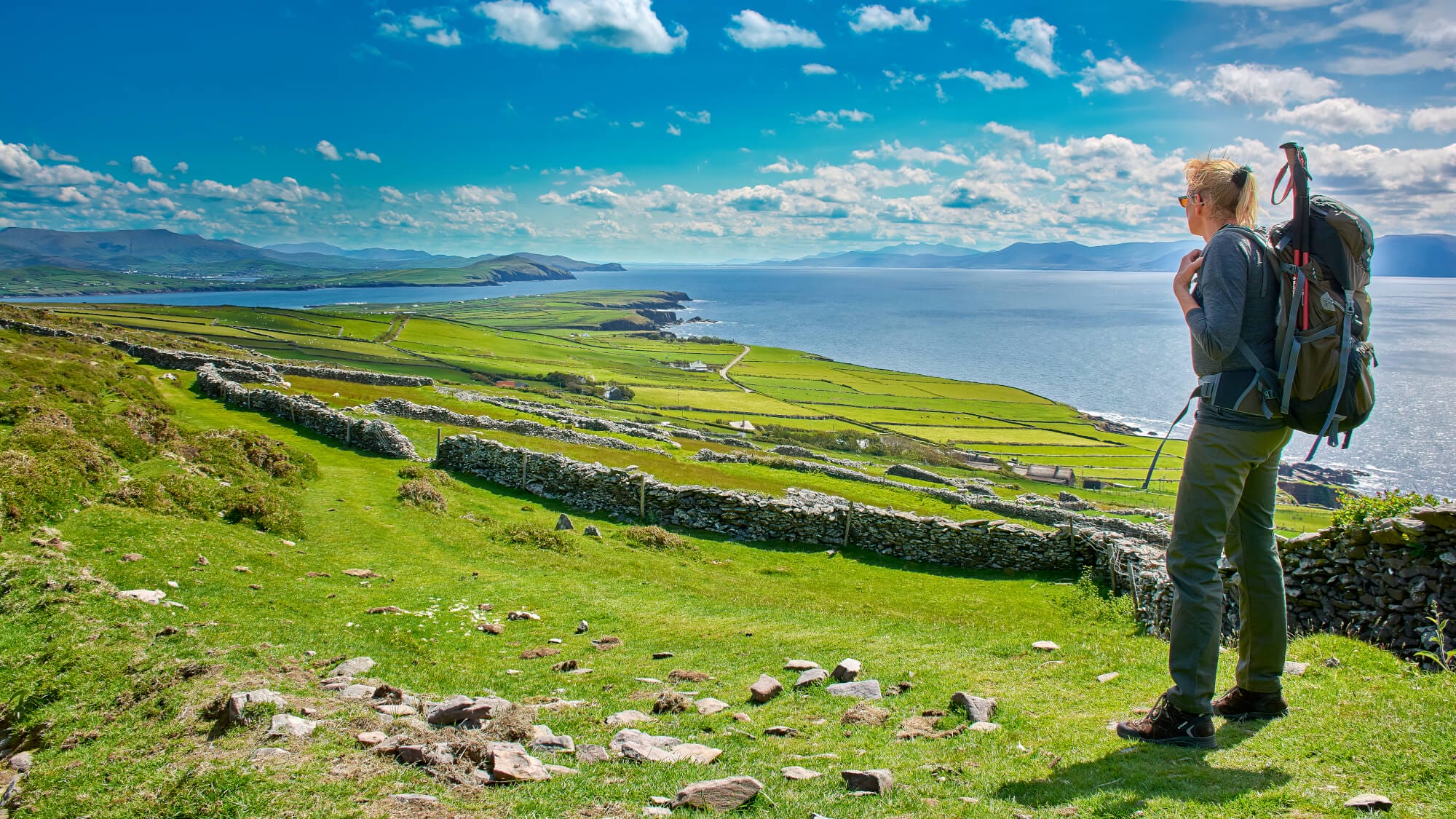In our last post about navigation tips from a former Army Officer, we discussed some unique tips and tricks picked up in the military about how to be a better navigator while hiking or hillwalking in Ireland. We now have another five tips for you to help on your way to becoming more proficient when travelling cross country, or on waymarked hiking trails in Ireland.
You can go back and revisit part 1 of this post here.
Animal Tracks vs. Walking Tracks – Spot the Difference
Once while hiking in Australia, I mistook some sort of kangaroo or wallaby track in the forests of Tasmania for the hiking track we were supposed to remain on. Unfortunately it was a good ten or fifteens minutes walking at a decent pace before I realised my mistake! This meant we’d walked somewhere between one and one and a half kilometres (nearly a full mile) away from the actual track intended for us humans.
We promptly turned around and retraced our footsteps back the way we came. After a nervous few minutes we eventually found the exact point at which the two tracks diverged and we’d headed off to the north along the wrong track. Fortunately the animal tracks in Ireland are generally made by sheep and are therefore out in the open, not in forests. However, if you find yourself stuck in the trees, make sure to keep an eye out for whether you are following a smaller, less well worn track made by animals like deer or foxes.

Think Outside the Box
If you become somewhat lost or otherwise “geographically challenged” as colleagues of mine used to call it in the Army, it’s a good idea to not panic and take a moment to pause and reflect upon your current predicament. Give yourself time to figure out where you really are on the map before you move on. It’s also a good tip to take the time to think outside the box if you’re struggling to come up with methods for determining your location.
For example, if you are in the middle of a forest and cannot triangulate your position, find a gap in the trees and send up a drone! Many hikers and tourists bring portable little travel drones with them these days, and it’s an amazingly handy tool for checking out where you are. You might quickly discover that you are near the edge of the forest and can move outside its confines for a better view and to triangulate your location. Alternately if you’re near a hill, you can move to this higher ground to achieve the same results, or for a better mobile Internet and/or GPS connection.

Be Aware of Changes to the Map and Ground
Unfortunately you cannot always trust your paper or online map. Remember to check the map version and publication date. Also check for satellite image and Google street view dates. Some examples of objects or regions on your map which will change over time include: tree plantations which are felled and replanted, areas subject to forest fires, landslides, and even beaver dams which can change the course of rivers and lakes.
Learn the Difference Between Magnetic, True and Grid North
Again, you will need to check your map’s version and date on this one. Don’t forget there are differences in these values depending on whether you are in the northern or southern hemisphere. Important to remember for Australians hiking in Ireland.
Be Aware of Magnetic Interference
In the Army we learned to be wary of magnetic interference affecting our compasses and GPS. Your navigation devices can be thrown off, sometimes quite wildly, by things like ore bodies, radio masts, barb wire fences, and so on. Your own equipment such as your phone, watch and camera can also have a negative effect. Back in the Army we had to be careful to hold the compass far enough away from our rifles and other equipment.
Interested in learning more tips and tricks about navigation? Check out part 1 of this post here.

We hope that you enjoyed these tips for navigation. Interested in taking a self-guided hiking holiday? Just get in touch.




